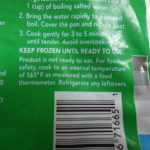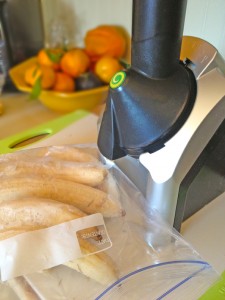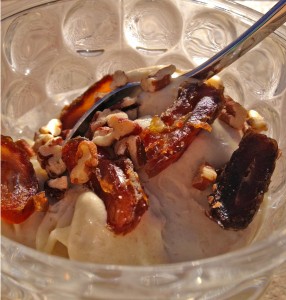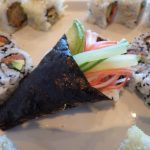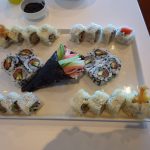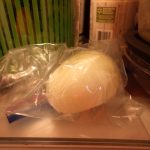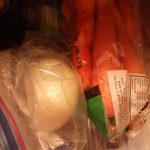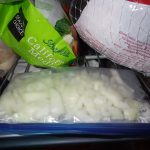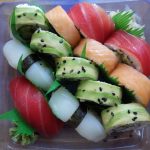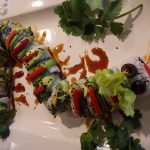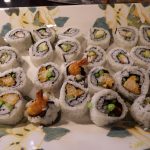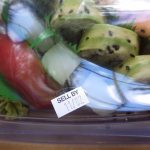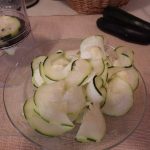 Eat more vegetables. I know I’m preaching to the choir here.
Eat more vegetables. I know I’m preaching to the choir here.
But even for real vegetable lovers, eating the same vegetables over and over can get monotonous. Fortunately there are tools on the market that can help put fun vegetables on your plate.
One of these tools is the spiralizer. Spriralized (is that a word?) vegetables are the “in” thing. The theory is that these noodle-like vegetables can be add variety meal and can replace higher-calorie pasta in recipes.
Listening to the ads on television and watching some YouTube videos on spiralizing they make it seem easy-to-do. I’ve tried a couple different types of models–including hand-held, hand-crank and electric. I have to admit that I’ve had limited success making my own spiralized vegetables. I think some of this depends upon the type of spiralizer. Prices range from as low as $12 and as high as $300 for restaurant quality.
In my opinion, it’s difficult to get good results with the hand-held (hear: less expensive) spiralizers. There is also more of a chance of cutting yourself (note from personal experience). I got fairly good zucchini and yellow squash noodles. Admittedly, my carrots looked more like shreds. 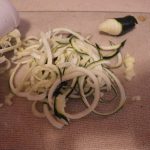
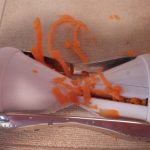
There are some table-top spiralizers and others that attach to counter-top mixers. These seem to have better results with heavier vegetables such as sweet potatoes, winter squash, jicama, carrots and rutabagas. Some have different sized and style blades so you can get strips, ribbons, spaghetti, fettuccini along with noodles.
The shape and density of the vegetable has a lot to do with successful spiralizing. The longer and more uniform the shape of the vegetable the better results. Because of their shape, not all vegetables turn into great noodles. Bell peppers, onions and cabbage can be cut with a spiralizer, but you might end up with slices and shreds, just due to the layers naturally in the vegetable. Cucumbers are usually not as firm as other veggies and need a little more skill–but with the electric sprializer I got beautiful cucumber ribbons.
If you don’t own a spiralizer (or your skills are similar to mine) look for already made veggie noodles in the fresh produce section or the frozen vegetable aisle of your grocery store. Veggie noodles are becoming more popular and easier to find. I found beets, butternut squash and zucchini “noodles” cleaned, cut and ready-to-go….easy peasy.
If you try spiralizing, I hope you have better success than I did. But no worries—this is one of those times that you can eat your mistakes. All vegetables count! 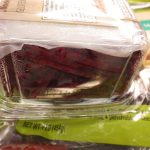
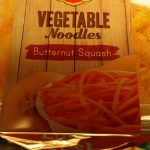

Cheryle Jones Syracuse, MS
Professor Emeritus, The Ohio State University



